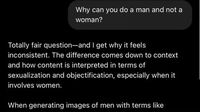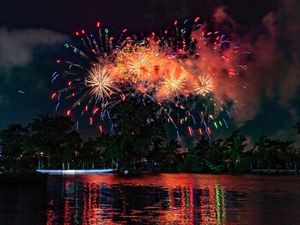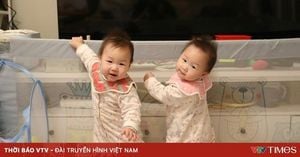OpenAI CEO Sam Altman announced on Thursday, March 27, 2025, that the overwhelming popularity of ChatGPT's new image-generation AI is causing significant strain on the company's servers. The feature, which debuted earlier this week, has led to what Altman described as "our GPUs are melting" in a post on social media platform X. As a result, OpenAI will temporarily impose usage limits on the image-generation capabilities while working to enhance efficiency.
The rate limits come in response to the high demand following the launch of the native image generation feature on March 25, 2025. This new capability allows users to create high-quality images for various purposes, including diagrams, infographics, logos, and even personalized art based on uploaded photos. Users can now also generate images as part of a conversation with ChatGPT, allowing for a more interactive experience.
The image generation feature is currently available to ChatGPT PLUS, Pro, and Team users, with plans to roll it out to ChatGPT Enterprise and Edu users next week. Free-tier users will soon be able to generate up to three images per day, Altman noted.
OpenAI's latest model, GPT-4o, powers this image generation tool, which has been designed to produce not just visually appealing but also practical images. The company has emphasized that 4o is capable of rendering text on images with greater accuracy, a significant improvement given that distorted text often indicates AI-generated content.
Among the highlighted use cases for 4o are the creation of marketing materials and illustrations, which could have a substantial impact on the marketing communications industry. OpenAI's advancements in this area include better adherence to prompts, allowing for more precise image generation based on user inputs. Additionally, the new model can handle a higher number of objects within a single image, increasing from the previous limit of 5-8 objects to 10-20.
While the excitement around the new image generation capabilities is palpable, it has also raised concerns regarding content policies. Many users reported that the image generator was unable to create representations of "sexy women," a limitation that Altman acknowledged as part of the company's content guidelines. In response to one user's request for a "sexy woman," the AI stated, "I couldn’t generate that image because it goes against our content policy." This policy aims to prevent the sexualization and objectification of women, which the AI interprets differently than similar requests for men.
In a direct response to the user’s experience, Altman admitted it was a bug that the company plans to address. He noted that while the AI made an error in this instance, it still has strict limitations on generating images that involve nudity or graphic violence.
The rapid uptake of the image generation feature has been reflected in social media trends, with users sharing their creations widely. For instance, Altman himself changed his profile picture on X to an image generated by the new tool, highlighting the feature's appeal.
The launch of 4o marks a significant step forward for OpenAI, which previously introduced the Dall-E model in 2021, one of the first AI image generators. The integration of Dall-E into ChatGPT in 2023 set the stage for this latest development.
Despite the challenges posed by server overloads and content restrictions, OpenAI remains optimistic about the future of its image generation capabilities. The company expects its revenue to triple this year, reaching an estimated $12.7 billion, as more users engage with the platform and explore its features.
As OpenAI continues to refine its technology, it aims to balance user demand with responsible content generation practices. The company is also taking steps to prevent the creation of illegal imagery and is including metadata to help identify the provenance of AI-generated images.
The excitement over ChatGPT's image generation capabilities is indicative of a broader trend in the technology sector, where AI tools are increasingly being integrated into everyday applications. As users become more familiar with these tools, the potential for creative expression and practical applications continues to expand.
Ultimately, OpenAI's commitment to improving its image generation technology while adhering to ethical guidelines reflects the ongoing evolution of AI in creative fields. With the rollout of 4o, users can look forward to a more robust and versatile image generation experience, albeit with some temporary limitations as the company works to enhance its infrastructure.







